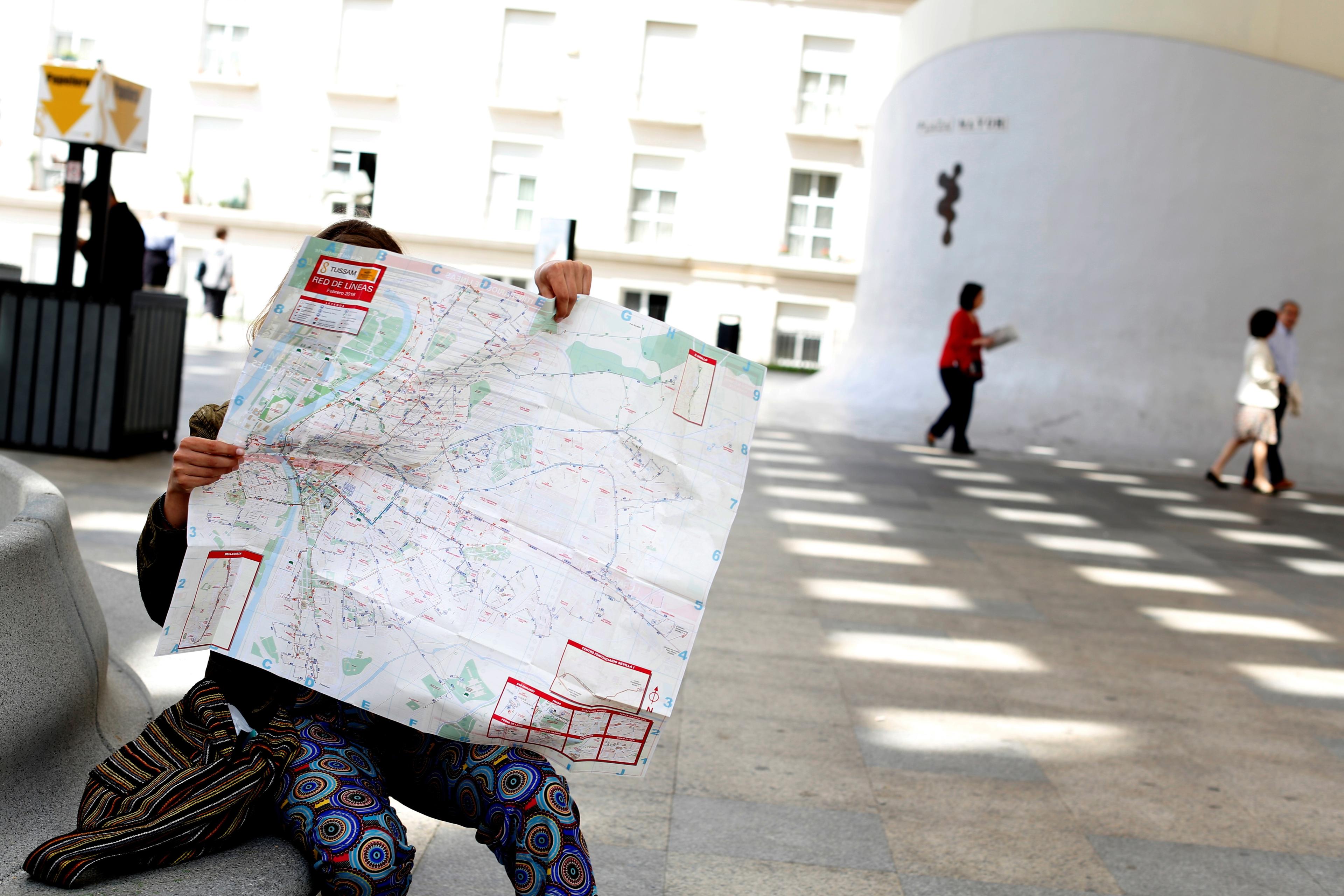Dishonesty can have serious consequences: a lie on the witness stand might result in a wrongful conviction; deception during a business deal can lead to major financial losses; deceitful behaviour can damage close relationships. So it is not surprising that dishonesty has received significant attention from social and cognitive psychologists. Interestingly, despite the prevalence of dishonest behaviour and the ease with which some people seem to engage in it, psychological research suggests that it is often more complex – and more effortful – than it might appear to be.
Lying often requires a significant proportion of one’s mental bandwidth, and it becomes more difficult when fewer cognitive resources are available. For instance, it might be relatively easy to invent an excuse for missing a work meeting while you’re sitting at home, but telling a convincing lie over the phone while navigating through traffic is more challenging. Sometimes honesty prevails simply because lying would require too much effort. In fact, research suggests that, in addition to more obvious factors – such as moral beliefs about honesty and corresponding emotions such as guilt – the tendency to lie is constrained by the cognitive effort it requires. As with any mental process, there are significant individual differences in the extent to which lying taxes cognitive systems. Identifying the sources of these individual differences should be helpful for understanding someone’s tendency to lie and their proficiency in doing so.
The cognitive cost of lying has been explored using experimental tasks, such as the ‘die-under-the-cup’ task – in which participants predict the outcome of a die roll or a coin flip, and then are rewarded based on the self-reported accuracy of their predictions. The overall dishonesty of a group of participants can be estimated based on how much their self-reported accuracy deviates from chance levels. Although findings have been mixed, studies have found that participants were more honest when under time pressure or when concurrently performing a secondary task, which suggests that reducing the availability of cognitive resources makes it harder to lie. These results concur with neuroimaging research that found that levels of brain activity in frontal and parietal regions were greater when participants lied than when they told the truth.
Taking a more individual-focused approach to the subject, Sebastian Speer and his colleagues developed a paradigm called the ‘spot-the-differences task’. In this setup, participants are shown a pair of similar images that have either one, two or three minor differences. Yet the participants are told that each image pair contains three differences. On each trial, the participants are asked to study an image pair and indicate whether they can detect three differences; yeses are rewarded. Using this task, researchers can identify individual participants’ honest and dishonest responses, and also examine the patterns of brain activity associated with them.
The researchers found that activity in the nucleus accumbens – a brain structure associated with reward processing – predicted the frequency of dishonesty in this task. They concluded that a propensity towards dishonesty results in part from a strong automatic response to anticipated reward. Interestingly, generally honest participants showed more brain activity in a neural network associated with self-referential thinking. The researchers interpreted these findings as evidence that such individuals are strongly motivated to maintain a moral self-concept. The findings suggest, then, that being dishonest (when one stands to gain from it) may be less difficult for more reward-sensitive individuals, as well as for those who are less strongly motivated to maintain a positive self-image. There is plenty of evidence that reward-sensitive people are generally more motivated to seek wealth, social status and hedonic pleasure. However, the rewards associated with these behaviours, at least when dishonesty is involved, are likely to be tempered in individuals driven by a desire to see themselves as ethical, good and honest.
Of course, while experimental tasks such as spot-the-difference can help to illuminate why some people might find it easier to tell relatively simple lies, they do not capture the cognitive demands of more elaborate lies. Generating and maintaining a false account, as is often required when deceiving others, is undoubtedly more cognitively expensive than telling the truth. For example, lying on your resumé and then maintaining the plausibility of that lie throughout an interview would likely become very taxing. In such a situation, you might be required to elaborate on your initial lie by providing unexpected details. To do so convincingly, you would also need to monitor your responses for inconsistencies and continuously evaluate the response of the interviewer.
The ability to lie well in real-world contexts may depend on individual differences in cognitive processing, including working memory. Working memory has been conceptualised as a memory system that is responsible for temporarily maintaining and manipulating task-relevant information to support ongoing cognitive operations. It is the memory system that allows you to temporarily remember a sequence of digits while dialling the phone, to perform mental mathematics, or to hold a question in mind while formulating an answer. Telling a convincing lie undoubtedly involves abilities that rely on a person’s working memory. For instance, a liar must generate a plausible story while avoiding intrusions from the true version of events. Research suggests that individuals with greater working memory capacity are better able to multitask and can more successfully inhibit default responses in favour of more deliberate and effortful ones.
Fidgeting, avoiding eye contact, stuttering and hesitating are often seen as signs of dishonesty
Similarly, a liar must ensure that their version of events is consistent with an event’s peripheral details and with what their interlocutor knows. For example, to lie convincingly during an interrogation, one must give an account that tallies with the evidence available to the investigators. To do so, the liar would need to make accurate judgments about what the interrogator is likely to know and what lies they are likely to believe (or not). There is evidence that individuals with high working memory capacity can better take the perspective of other individuals, and that they can more effectively monitor for conflicting information – skills that could enable a liar to detect and avoid inconsistencies in their fabricated stories.
Lastly, a liar may feel they need to manage their own verbal and nonverbal behaviour to hide signs of deception, while also assessing the response of their interlocutor and maintaining the plausibility of their story. Nervous behaviour, such as fidgeting and avoiding eye contact, and verbal errors, such as stuttering and hesitating, are often considered to be signs of dishonesty. A high working memory capacity may help an individual to minimise these potential signs without sacrificing the plausibility or usefulness of their lie.
Consistent with the view that lying taxes working memory, research suggests that individuals in populations with lower working memory capacities, such as children and older adults, tend to be relatively poor liars. Even in the general population, maintaining a convincing lie becomes difficult when working memory capacity is reduced. Indeed, when study participants’ working memory resources are specifically targeted with a secondary task (eg, memorising short lists of letters or completing simple arithmetic equations), the lies that they tell contain more inconsistencies. Moreover, under conditions of high working memory load, participants make more speech errors and respond more slowly to questions while lying than while telling the truth.
Collectively, the evidence suggests that individuals with strong cognitive abilities are better equipped to lie and are less constrained by the cognitive costs associated with maintaining a lie. Thus, although having a large working memory capacity is associated with positive traits such as intelligence, academic performance and career success, it could also play a role in the proficiency and frequency with which many people lie. Similarly, although strong perspective-taking abilities are associated with empathy, the same abilities may be used to deceive others more effectively. In contrast, individuals with lower cognitive capacities are likely to find deception more mentally taxing and may, therefore, be motivated to avoid it.
Despite the potential cognitive challenges and pitfalls involved in lying, there is evidence that neither laypeople nor trained police officers are very good at intuitively detecting dishonesty. However, certain approaches to behavioural analysis may help observers to identify lies more easily and accurately. Forensic psychologists have explored the possibility of capitalising on the high working memory demand associated with lying to detect false testimony in criminal investigations.
The polygraph test, likely the most well-known lie detection technique, is intended to detect lies by monitoring an individual’s physiological arousal (heart rate, skin conductivity) as they respond to various questions. While there is evidence that lying increases arousal, the polygraph test cannot discern between physiological responses caused by excitement, fear, stress or deception – so it is widely considered to be pseudoscience.
Increasing the cognitive load on a liar appears to result in more behavioural signs of deception
The cognitive load approach offers an alternative method of evidence-based lie detection. The technique is based on the premise that, under conditions in which working memory is taxed, suspects will have more difficulty concealing signs of deception. To achieve this, the interrogator may require a suspect to describe an event in reverse order, or to respond to questions under time pressure. An interrogator may also present new evidence late in an interrogation, forcing the suspect to adjust their account to be consistent with it.
A 2015 meta-analysis of studies using this approach concluded that it seems to be an effective lie-detection technique. Increasing the cognitive load imposed on a liar appears to result in more behavioural signs of deception, such as verbal inconsistencies, slower response times, and reduced body movements. Another meta-analysis, conducted in 2020, found that trained observers were 21-27 per cent more accurate at detecting lies told under conditions of high, rather than low, cognitive load. The apparent effectiveness of this lie-detection technique supports the notion that working memory processes are essential to successful deception.
Overall, the research on dishonesty shows how the ability and inclination to lie can rest on more than someone’s moral disposition alone. For most of us, lying is mentally taxing and the cognitive costs of daily life often make honesty the easier option. Even when someone has reason to lie, the human mind is typically miserly and avoids expending energy without strong motivation. High cognitive ability and efficient memories are celebrated for many reasons – but it seems that the limitations of our cognitive systems are often an important part of what keeps people honest.








